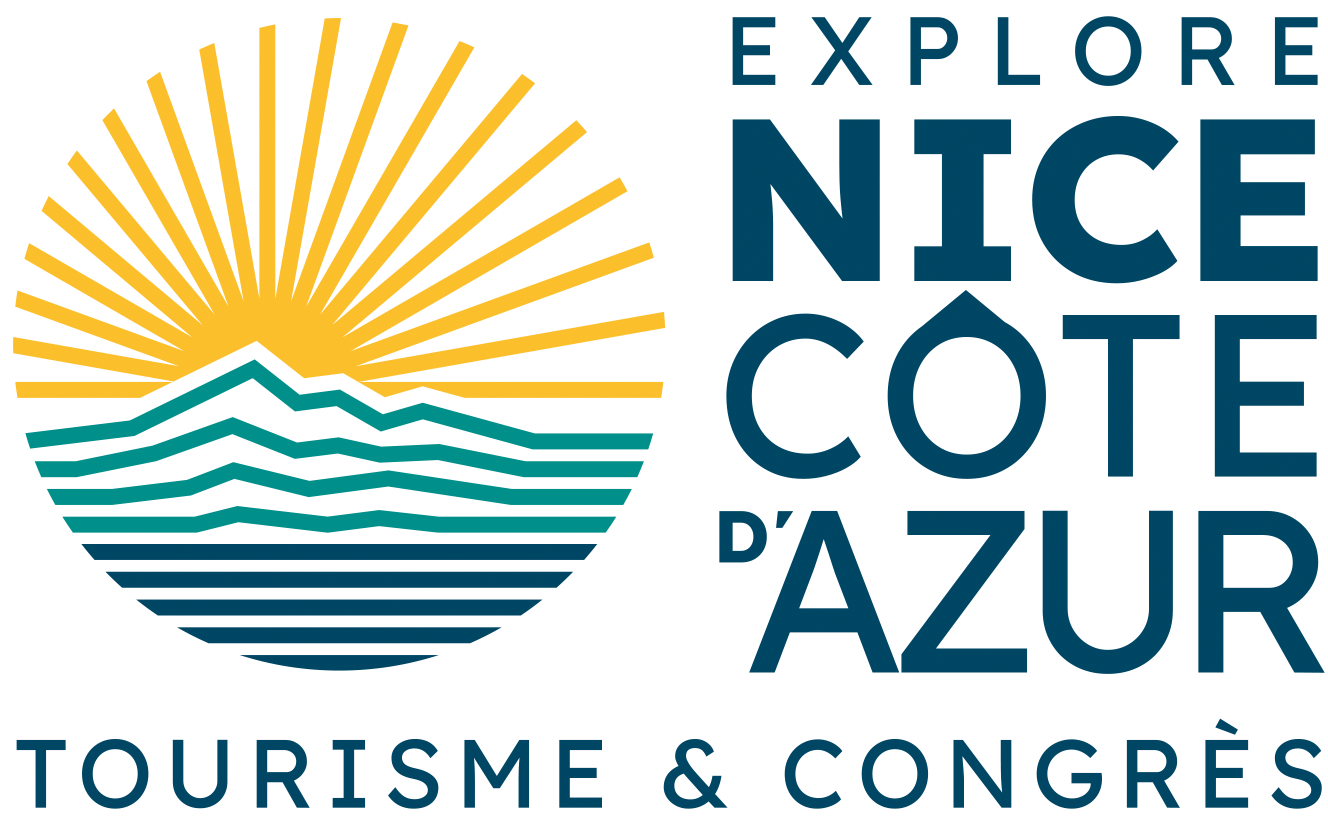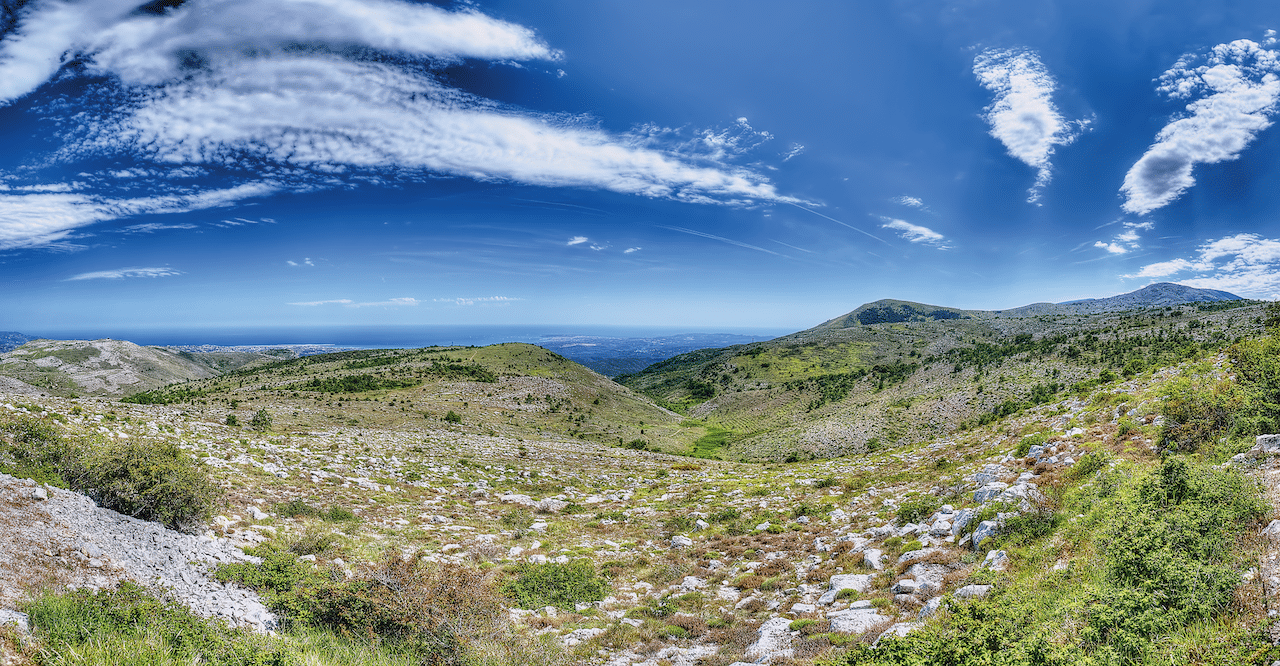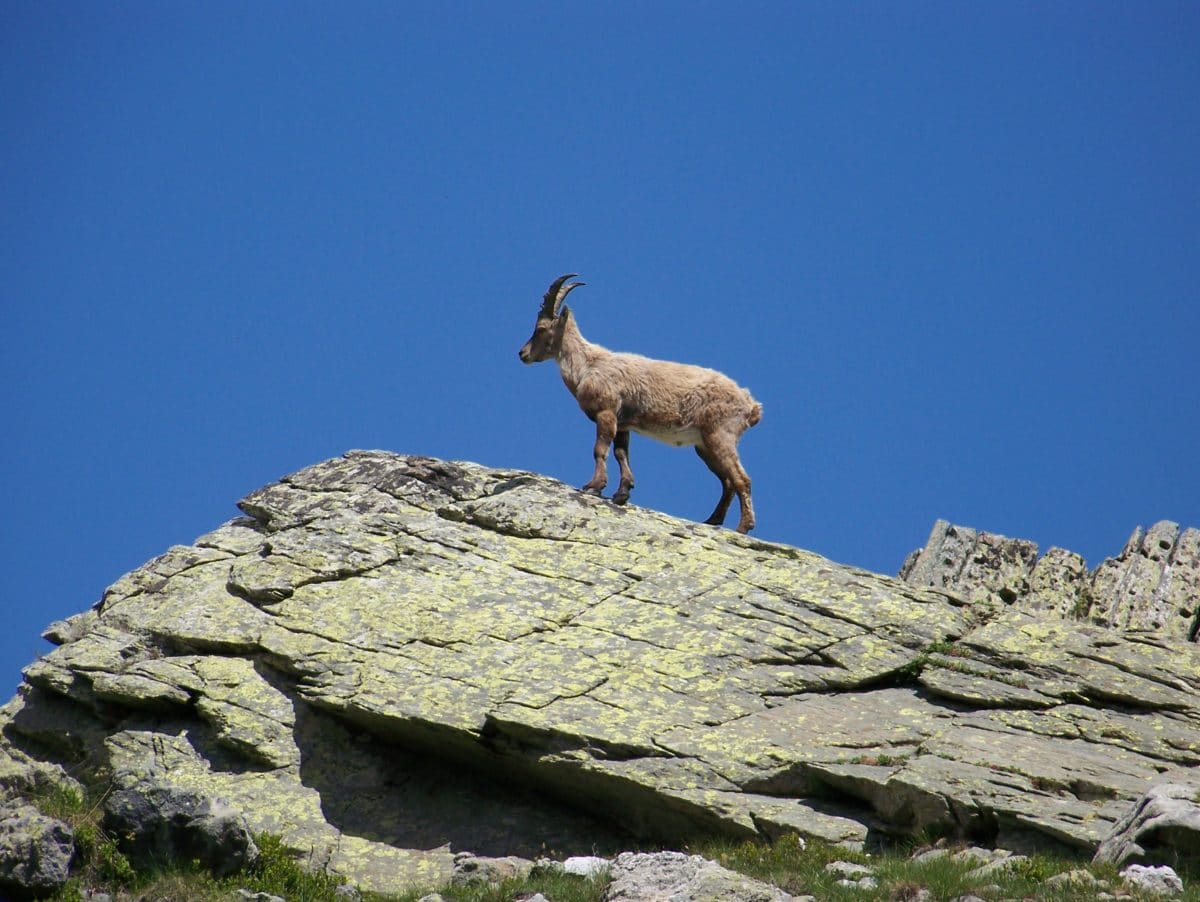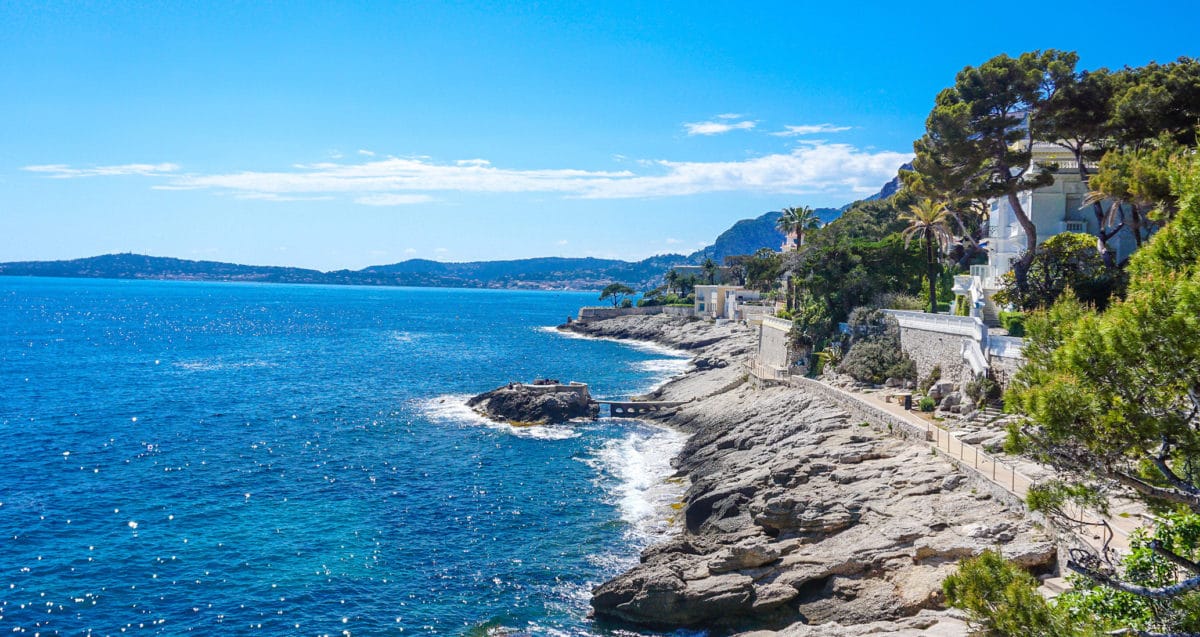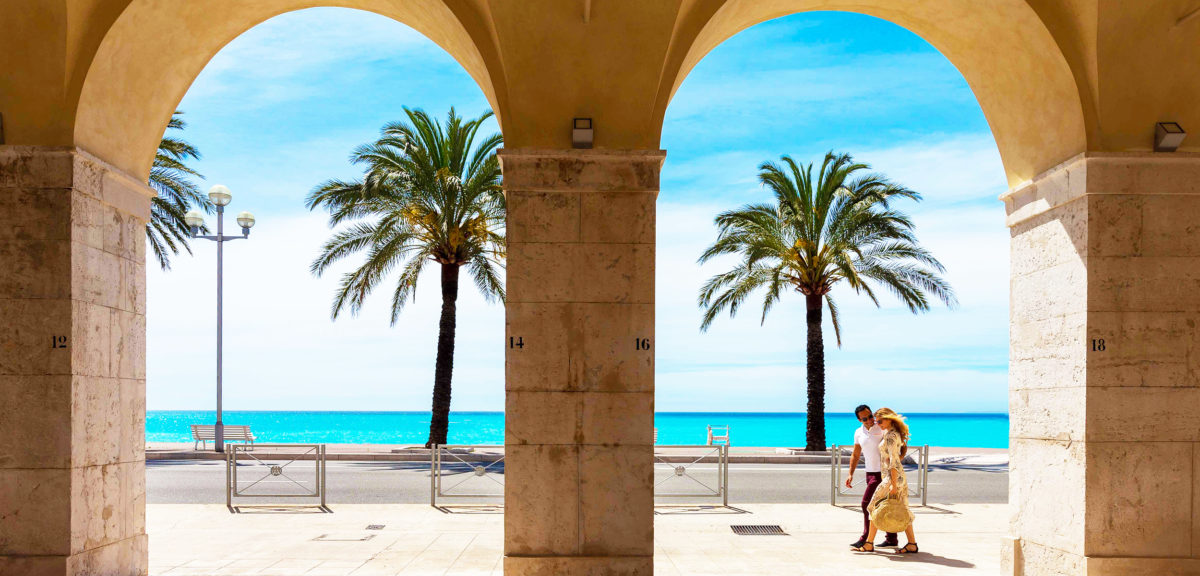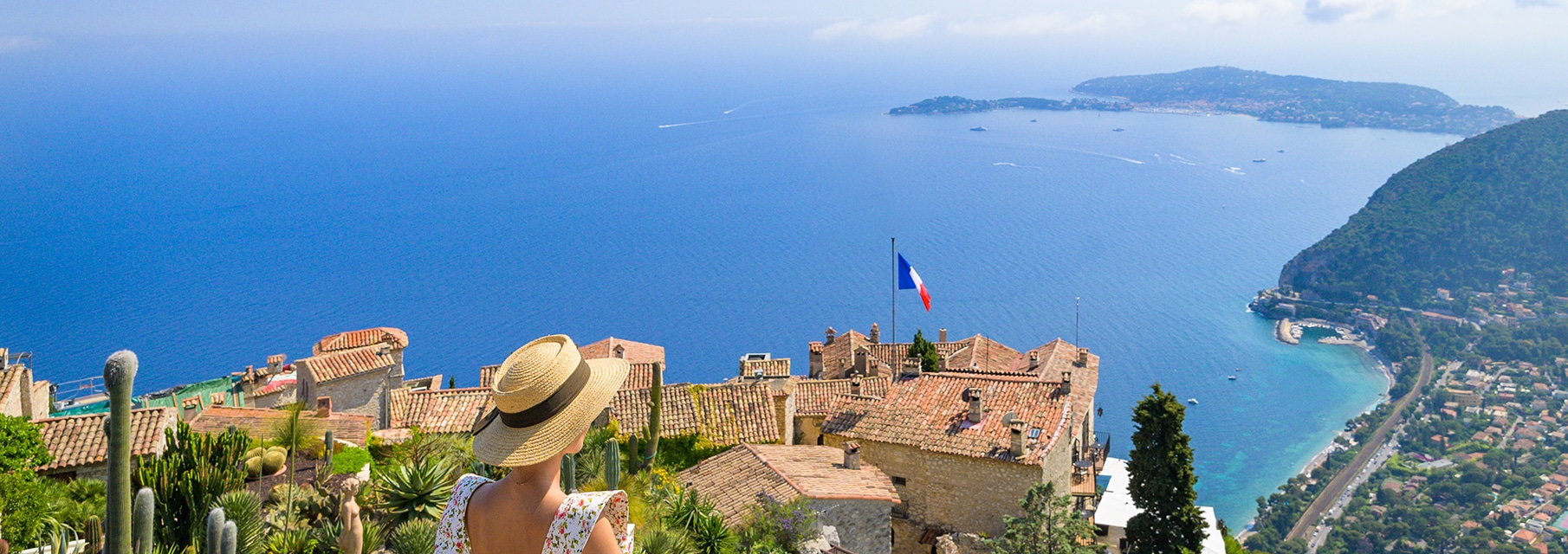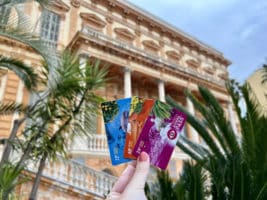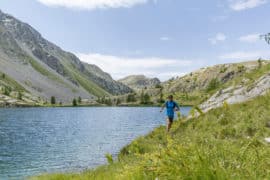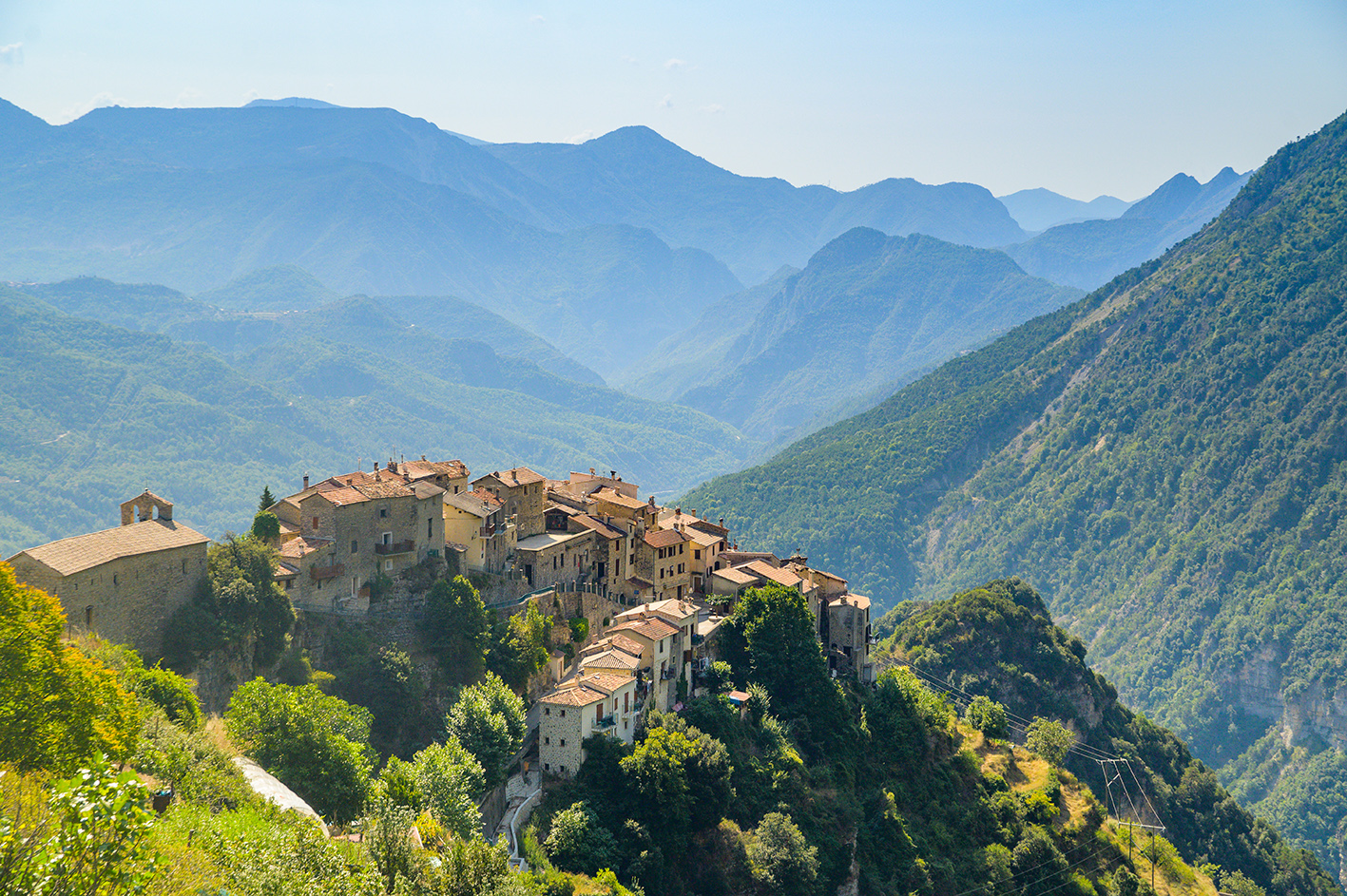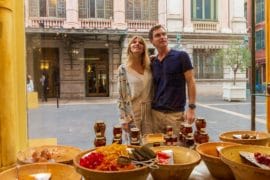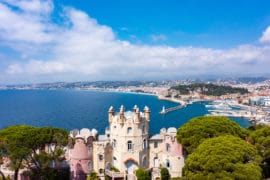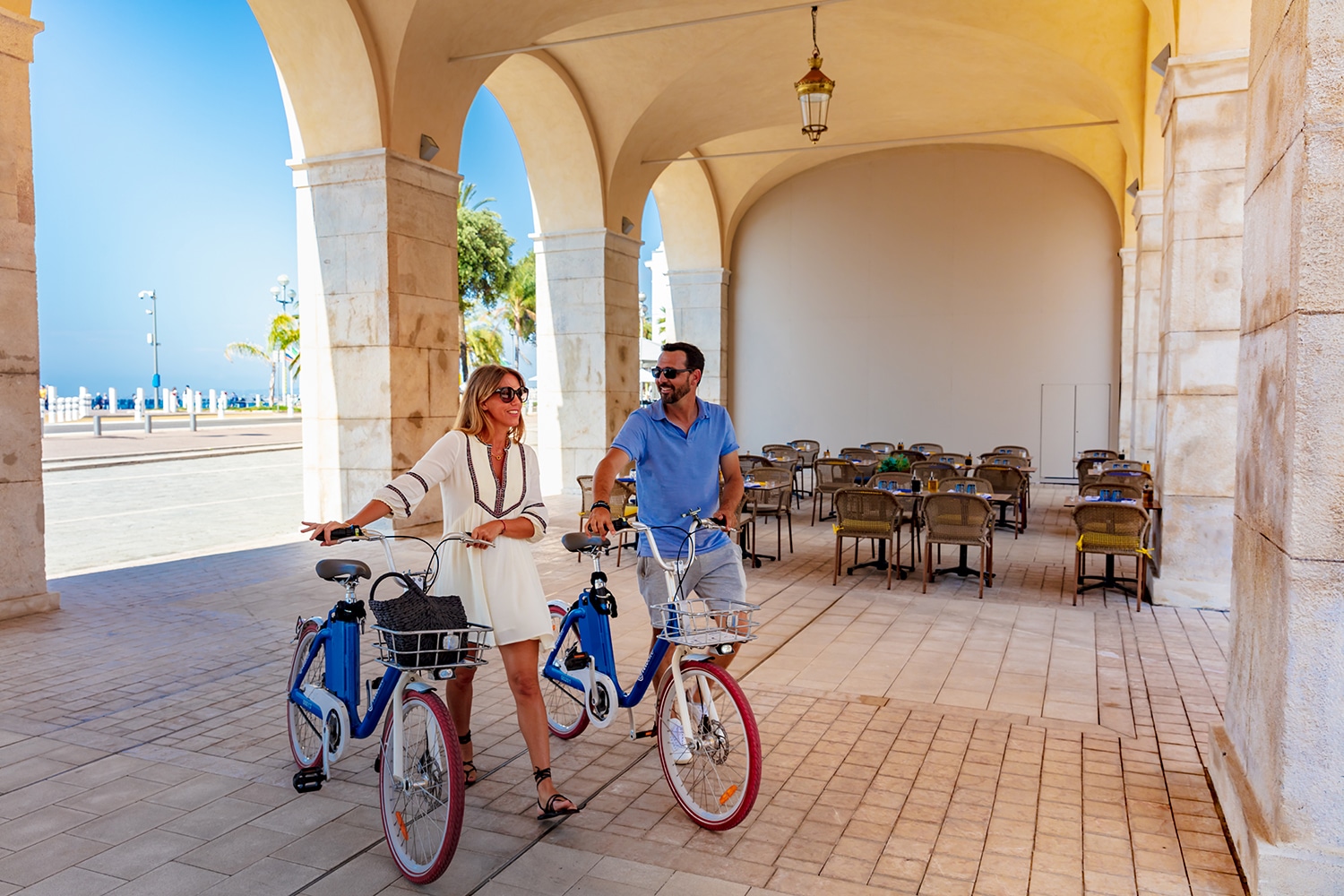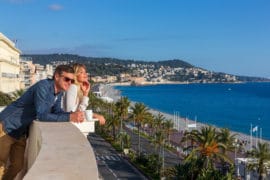Nature at your fingertips
3 May 2023
Nice, green city of the Mediterranean
Nice, known for its seafront, really deserves to be discovered through its gardens and the protected areas that surround it.
For a long time very attached to their land and turned towards the mountains, the people of Nice have always had at heart to enjoy green spaces, places of relaxation, reunion and discovery.
The park on the castle hill, with its position as a balcony above the city and its breathtaking view of the Mediterranean, is a must if you visit Nice. A labyrinth of greenery, rocks, waterfalls, it evokes the Belle-époque gardens, rich in surprise and exuberance of vegetation.
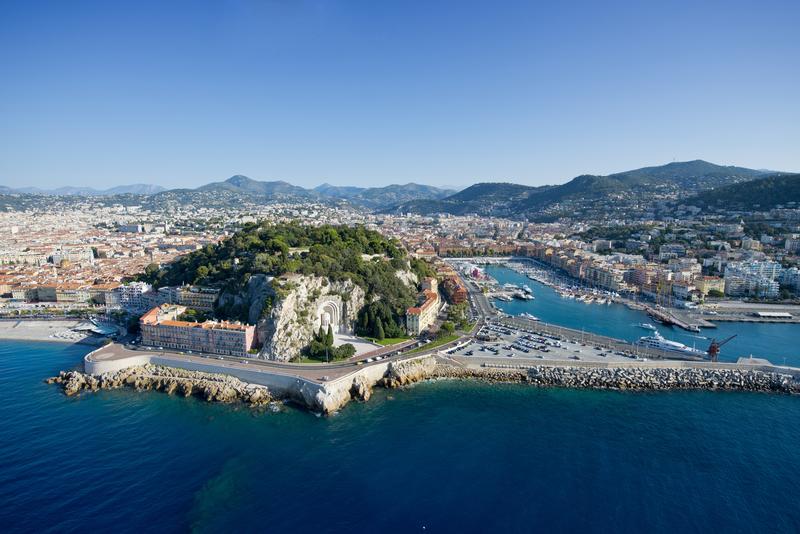
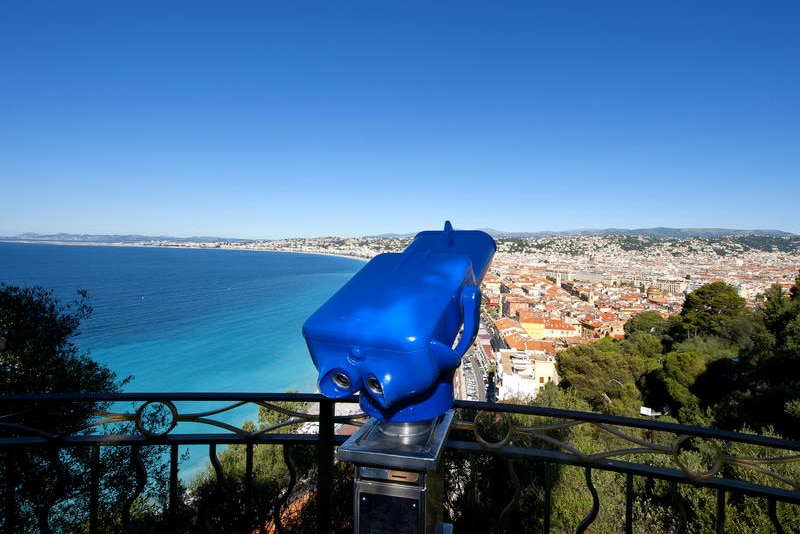
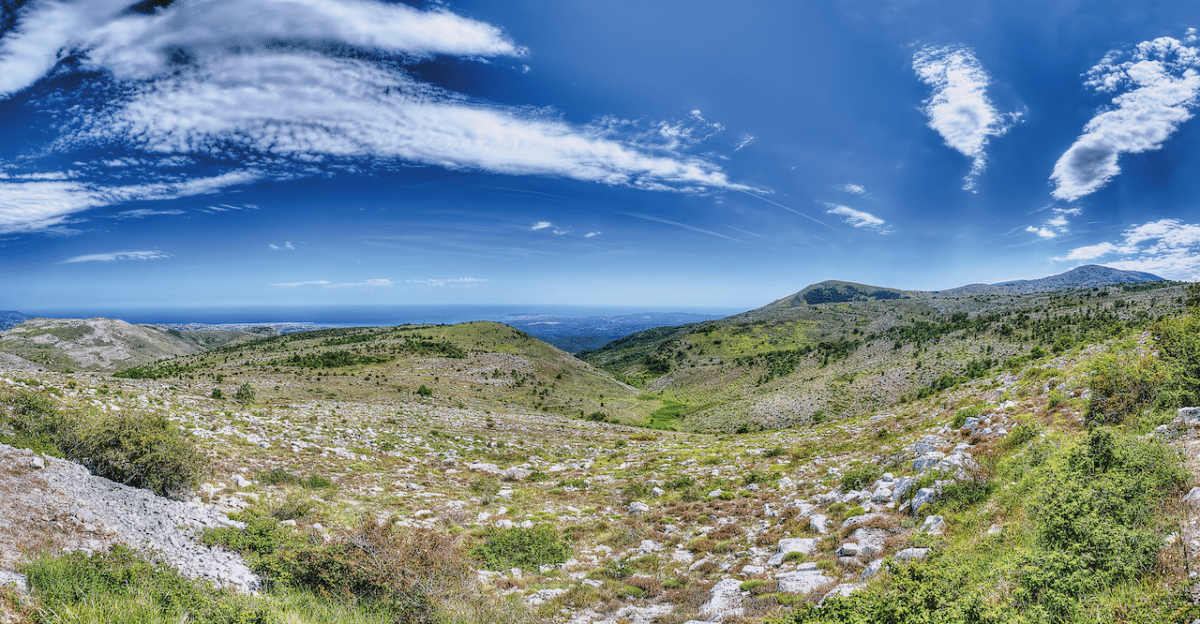
The “Promenade du Paillon”, this green corridor that crosses the city offers a discovery of nature much more modern in its design, with a path in the heart of the city seen as a pedestrian area and a space for relaxation.
The Mont Boron Forest Park is urgently to be discovered for those who do not know it. From the centre of Nice one rises up and very quickly reaches the forest and its 11 km of marked trails around the Mont-Alban fort.
To do: drive up to Mont-Alban with a motorized vehicle the Nice Car concept for a 2 hour tour.
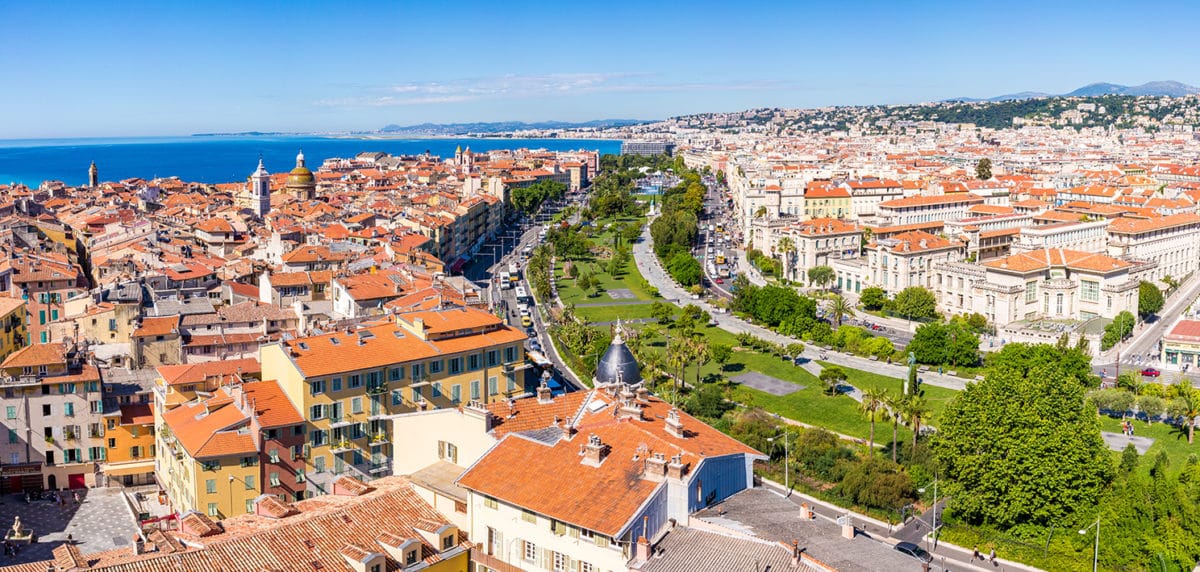
Natural parks around Nice
All around Nice and near surrounding towns, Departmental Natural Parks offer areas of greenery in a more or less urbanized environment.
A little explanation for starters. In France there are Natural Parks (departmental or regional) and National Parks.
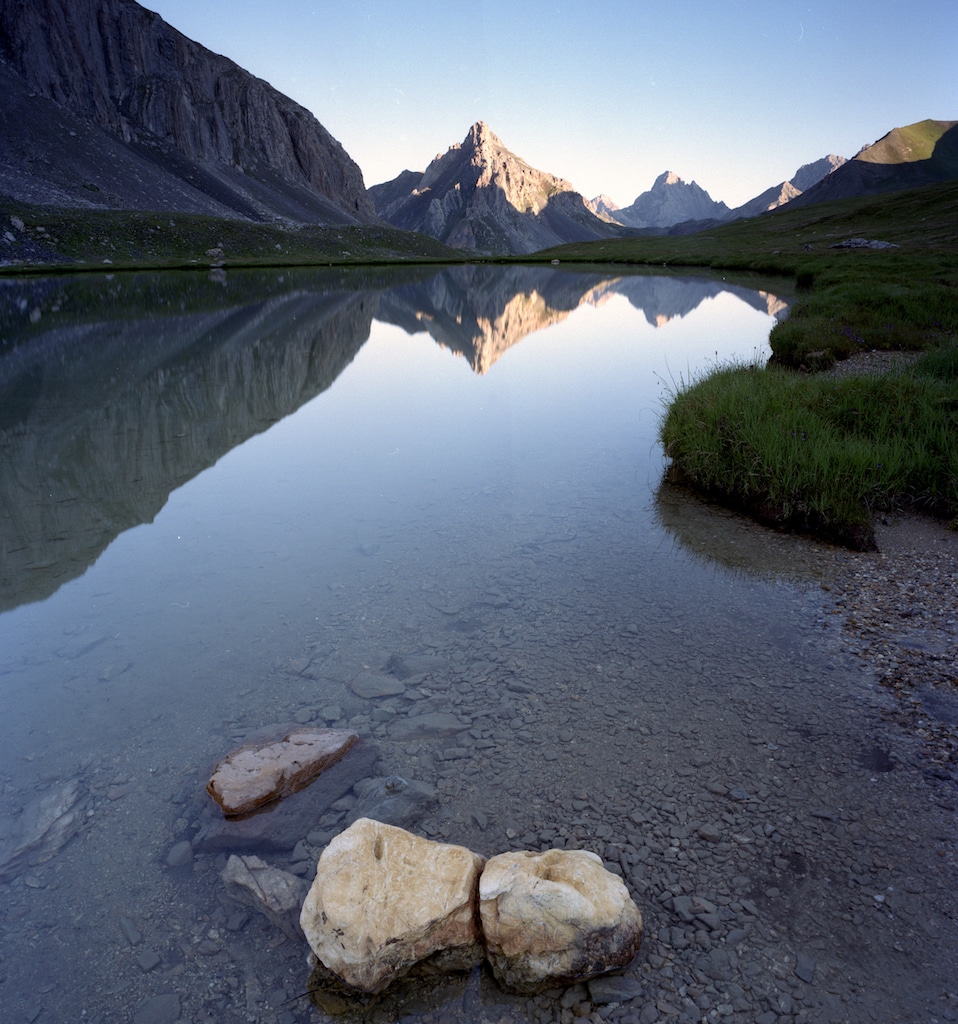
National Parks are created and managed by the State and recognized at the international level. They have a core zone where strict regulations apply to protect these exceptional areas.
In the Metropolitan area there is a National Park which is the Mercantour National Park and several departmental natural parks which are spaces for walking and discovery.
Finally, there are also protected areas called Natura 2000 zones which are managed on our territory by a service of the Metropolis and on which protection measures are implemented with the support of Europe. Often these Natura 2000 areas have been created to protect a fragile or endangered species (areas with bats, endemic flora, area with speleomantes a very rare lizard from Vesubia…)
In conclusion, our territory is rich in rare species, original environments and therefore protected areas, it is a chance and an asset!
Some ideas for walks in the Departmental Natural Parks
La Grande Corniche with its 662 hectares spread over the communes of La Trinité, Villefranche-sur-Mer, Eze and La Turbie is a real balcony on the French Riviera.
During your walks, the view will make you forget everything. The rock composed of limestone with numerous cliffs (the baous) allows a flora typical of Mediterranean forests to develop. Orchids such as Bertoloni’s Ophrys (these flowers that disguise themselves as bees to better seduce pollinating insects) and rare flowers such as Nice’s Snowy are to be discovered.
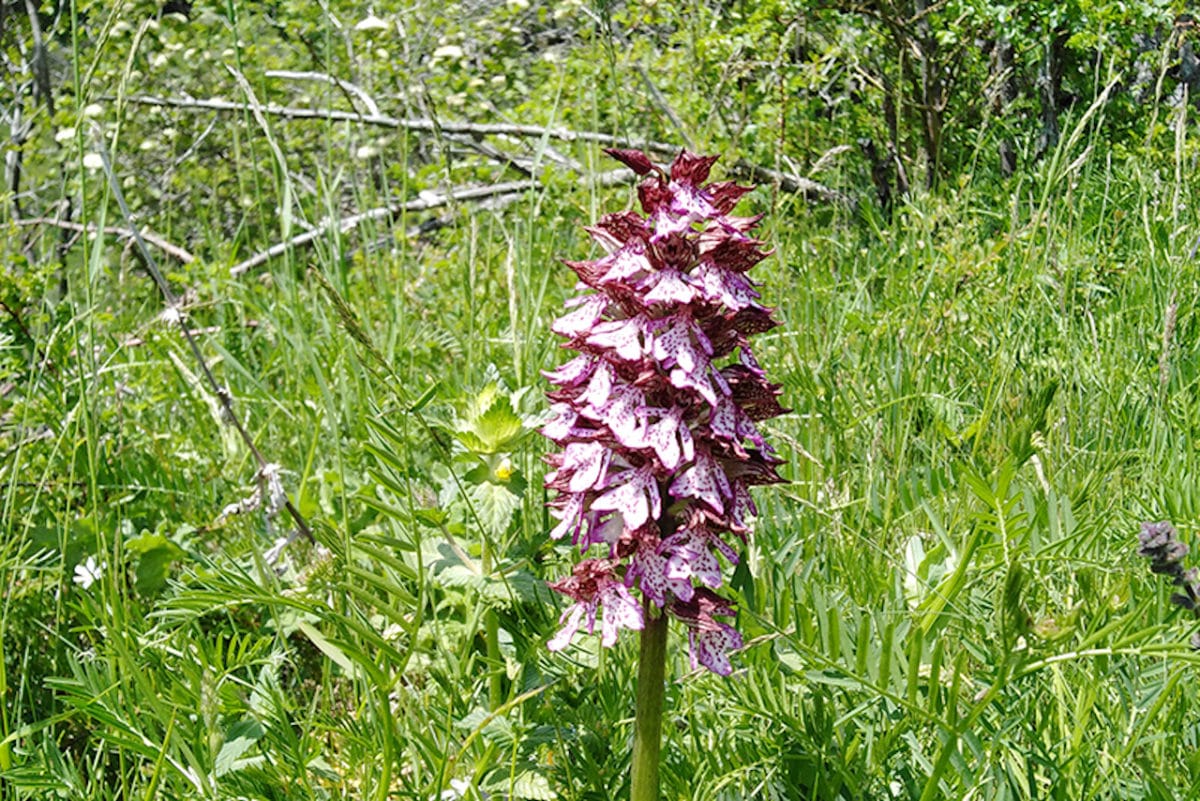
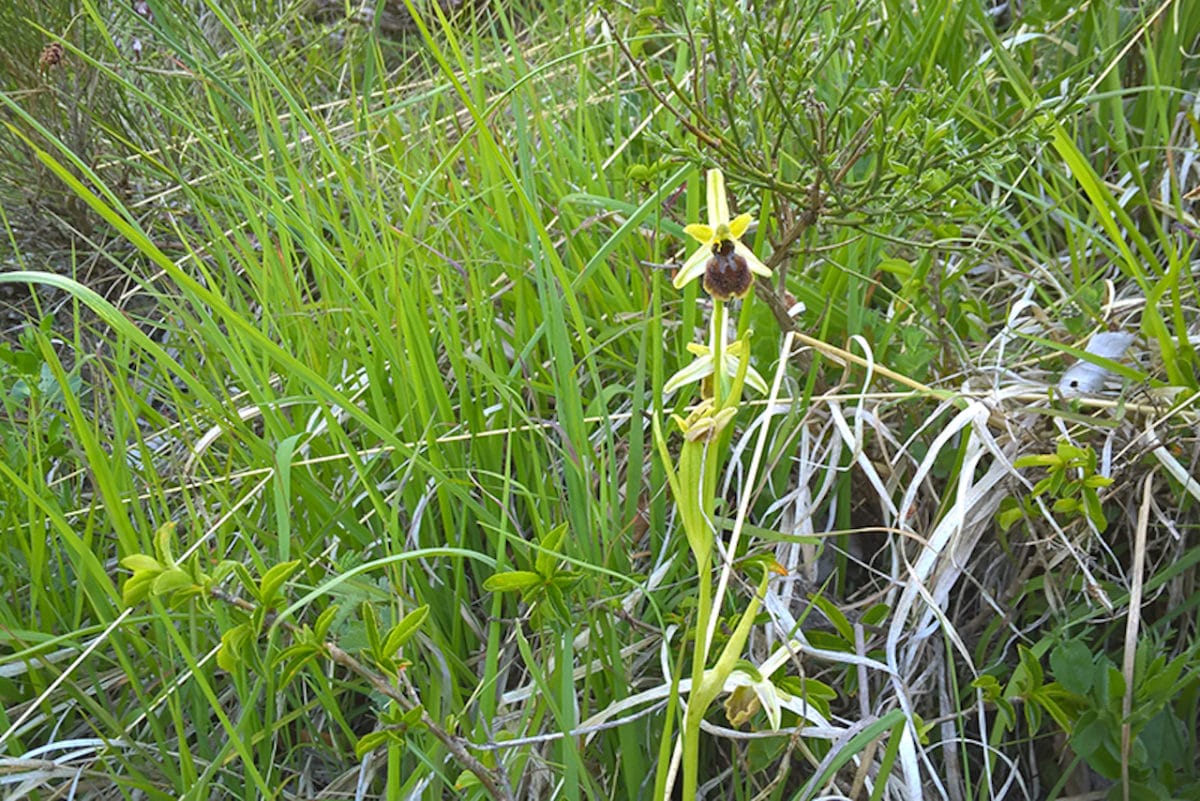
Above Vence, discover the Parc du Plan des Noves, an 800-hectare plateau in the heart of the Baous area and near the Col de Vence.
You will walk between groves of majestic oaks and thickets of blackthorn and wild rose bushes which are a paradise for birds.
These environments are still today linked to pastoralism, the flocks of sheep that graze them keeping open these meadows rich in a particular fauna and flora and classified Natura 2000.
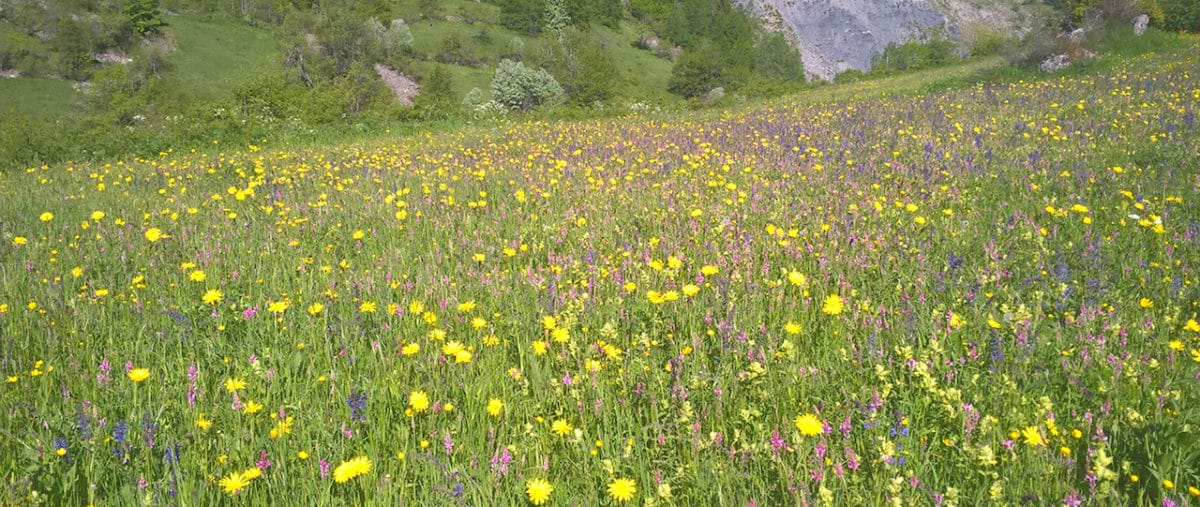
One last idea for a walk near Nice, with a totally different landscape: the Lac du Broc Park near the town of Carros.
This lake is the result of the extraction of aggregates on the banks of the Var in the 1950s. Now a protected area, it offers a rest area for numerous migratory birds.
One finds there the melanocephalous gull in winter, the many fish feed the osprey and the large cormorant which can be easily admired. Herons and egrets also take advantage of the site.
The Lac du Broc Park is to be discovered if you like birds, but in spring you can also hear the frog concerts.
Between seaside paths, Mediterranean forests, baous, lakes and rivers, our territory is not lacking in assets for lovers of greenery. But now let’s turn our backs on the sea to discover our trump card, the National Park!
An iconic territory: The Mercantour National Park
In France there are 11 National Parks, 4 of which are in mountain areas. These parks protect exceptional territories and their status is recognized at the international level.
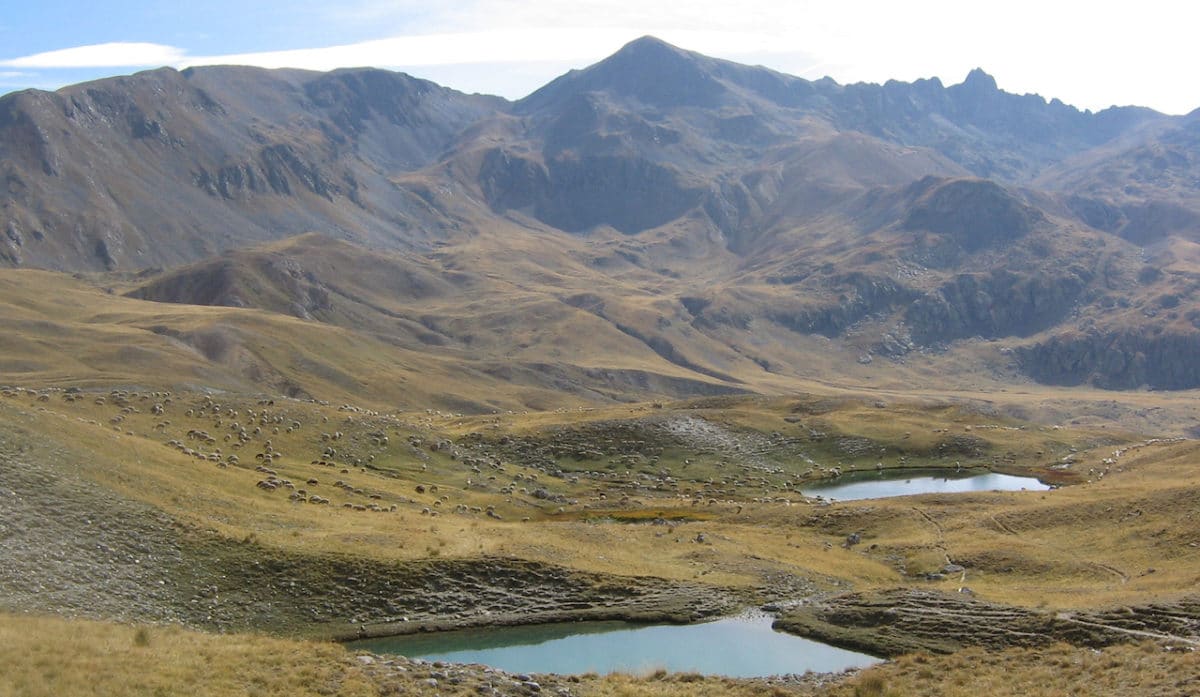
The Mercantour National Park, created in 1979 (it celebrated its 40th anniversary last year) is a jewel that follows the mountain range of the same name and extends over 2 Departments, the Alpes-Maritimes and the Alpes de Haute Provence.
It is the richest and most complete park in terms of biodiversity with many biotopes represented, from the Mediterranean forest to the alpine flora of the summits.
Some species have made it famous, like of course the wolf, whose return from Italy in 1992 caused a lot of ink to flow. A mythical animal, it crystallizes so many emotions, love, anger, admiration and detestation all at once. You will probably not see it during your hikes, the animal is fierce. But sometimes the sensation of being observed surrounds you, he has felt, heard and seen you long before you realize it… A group of chamois is running away, they too have felt it…
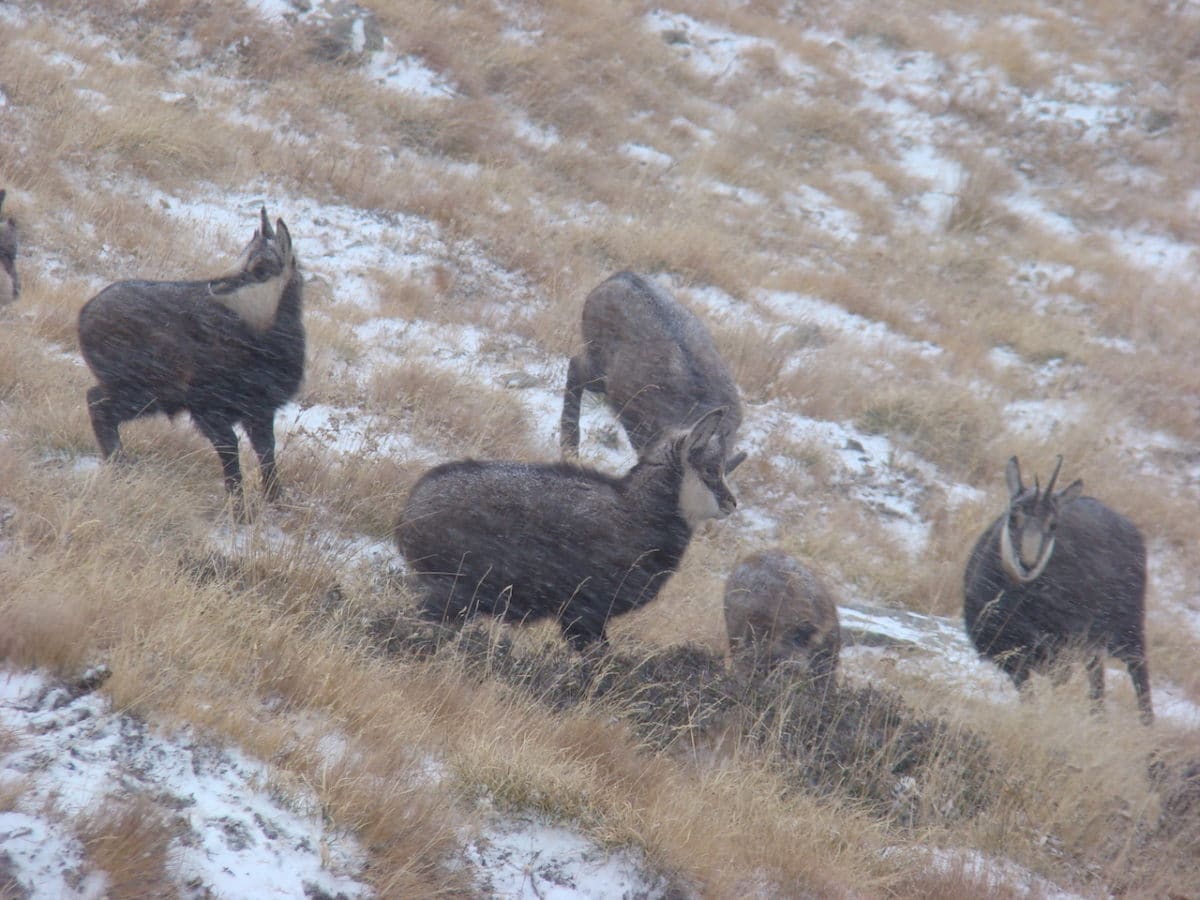
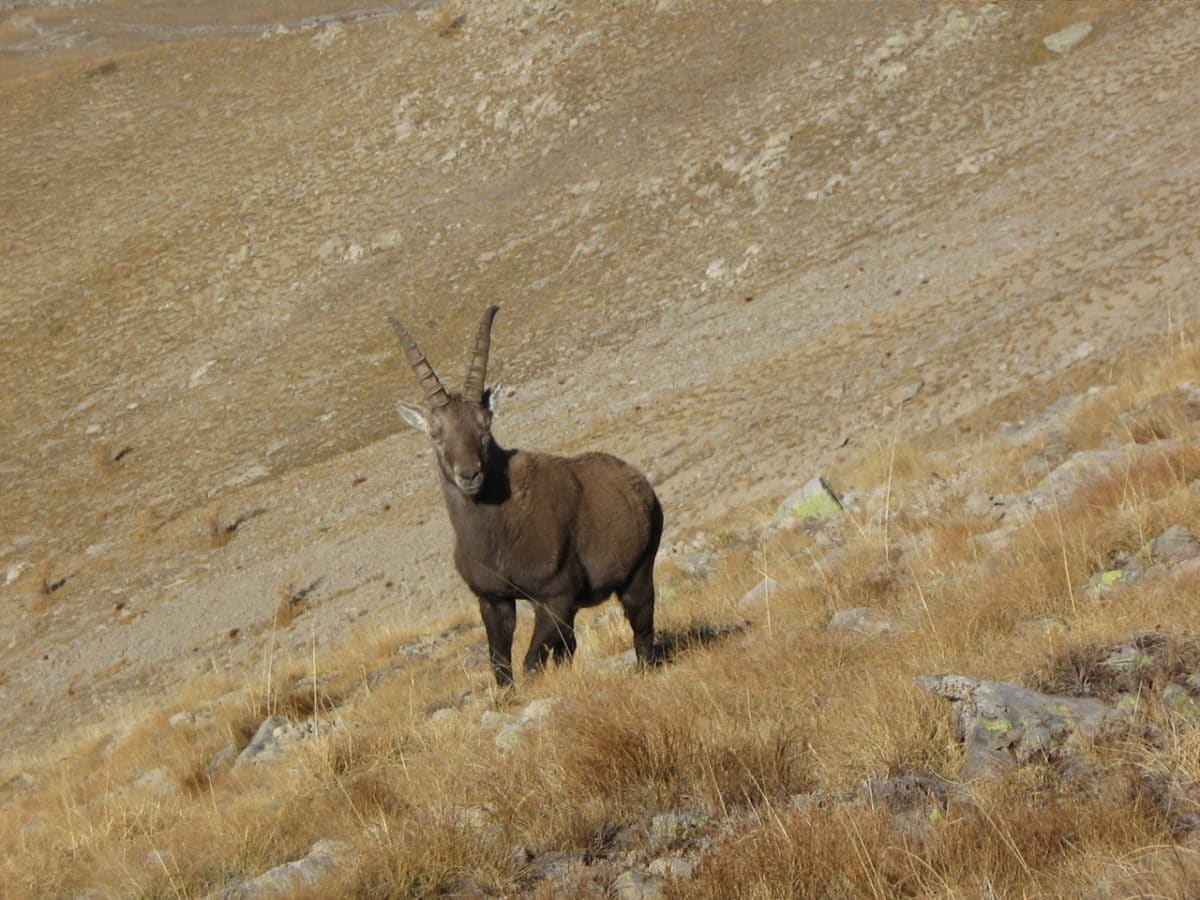
Other species have also built the history of the park, such as the Alpine ibex and the Bearded Vulture, whose releases have enabled one to reinforce a moribund population and the other to encourage an expected return.
What an emotion today to know that lammergeyer breeding couples return from one year to the next to lay eggs and raise their young in the Mercantour, after years of juvenile wandering.
Currently the National Park and its Italian neighbour (the Alpi Maritime Park) have embarked on a large generalised biological inventory (ATBI: All Taxa Biodiversity Inventory). 11,000 species or sub-species have already been inventoried by more than 400 specialists, including dozens of new species previously unknown (snails, lichens, mosses, insects are among the discoveries).
The larch forest: in the heart of the National Park, all our senses are awakened.
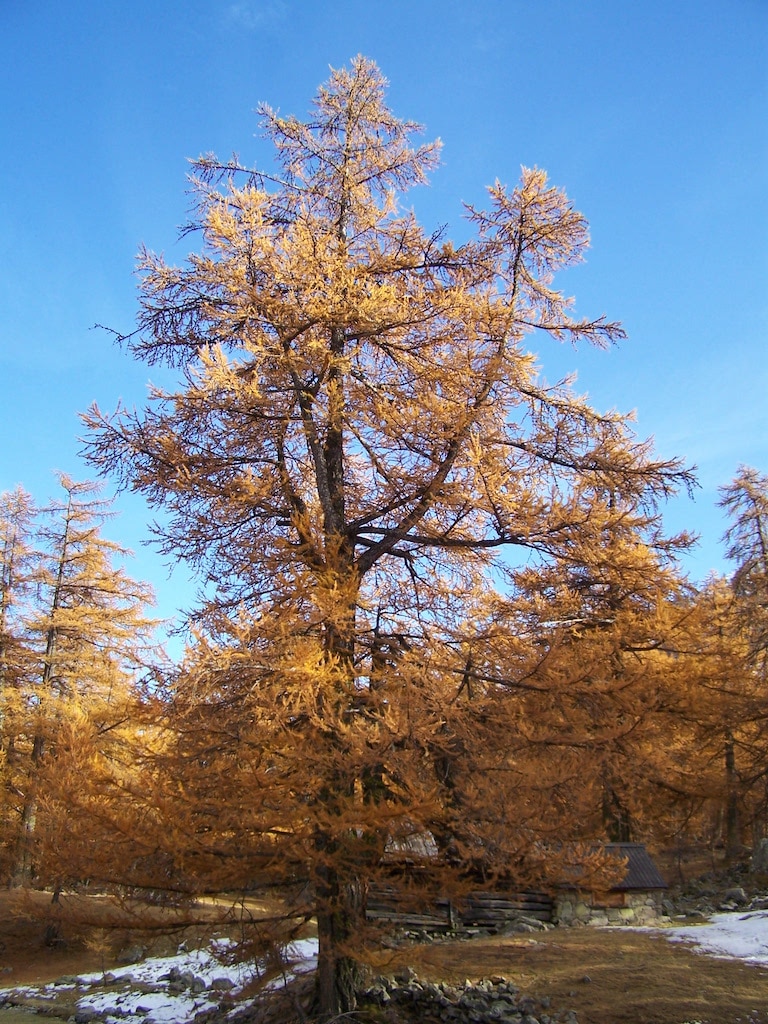
First of all our eye is drawn to the play of light and shade, the tender green of spring or the exuberant orange of autumn, the larch, the only resinous tree to lose its needles in winter, offers us a palette of varied colours.
A fleeting flash of light, the squirrel comes down from a trunk to find old buried reserves. In the distance and more peacefully, the chamois grazes on young shoots at the edge of the forest.
Smells now, of flowers first, the most remarkable. Then finer, the smell of the wood, a light resin base, the smell of the grass too, the one that we tread with our feet, all accompany us along our walk.
It will then be time to taste raspberries in summer and blueberries in autumn, or in spring, more surprisingly the young larch flowers, small purple inflorescences that will soon disappear and which the people up there make into a syrup with many virtues.
This beautiful larch tree is also a world of sounds, the creaking of branches under our feet, the crackling of larch needles, the hissing of the lizard that we disturbed while it was taking a nap in the sun, the cry of a bird of prey above us…
For a total discovery of this environment, don’t hesitate to use one last sense, touch: take a larch tree against you, embrace its trunk, feel the harshness of the bark on your cheek, take a break and exchange with this giant, which is a hundred years old, even a thousand years old for some.
Feel the warmth of the sun on your face, then suddenly the coolness of the undergrowth that makes you shiver, all this awakens us to the world around us.
Our discovery ideas
Zen hiking idea
With the Tinée Mercantour guides and Onil you can learn to discover and explore all these sensations during meditative walks or mindfulness walks. Exercises within everyone’s reach will allow you to connect with your environment and to perceive this life around you, an inexhaustible reservoir of positive energy.
This forest is to be discovered in our mountains from the Haute Tinée or the Vésubie valley with a photo spot for colour lovers at the end of September or early October when the larches take on their beautiful orange colour.
Unusual accommodation idea
For a total immersion in the forest, discover the les écrins de Belvédère and the night in Lov’nid, tree houses completely integrated into their environment!
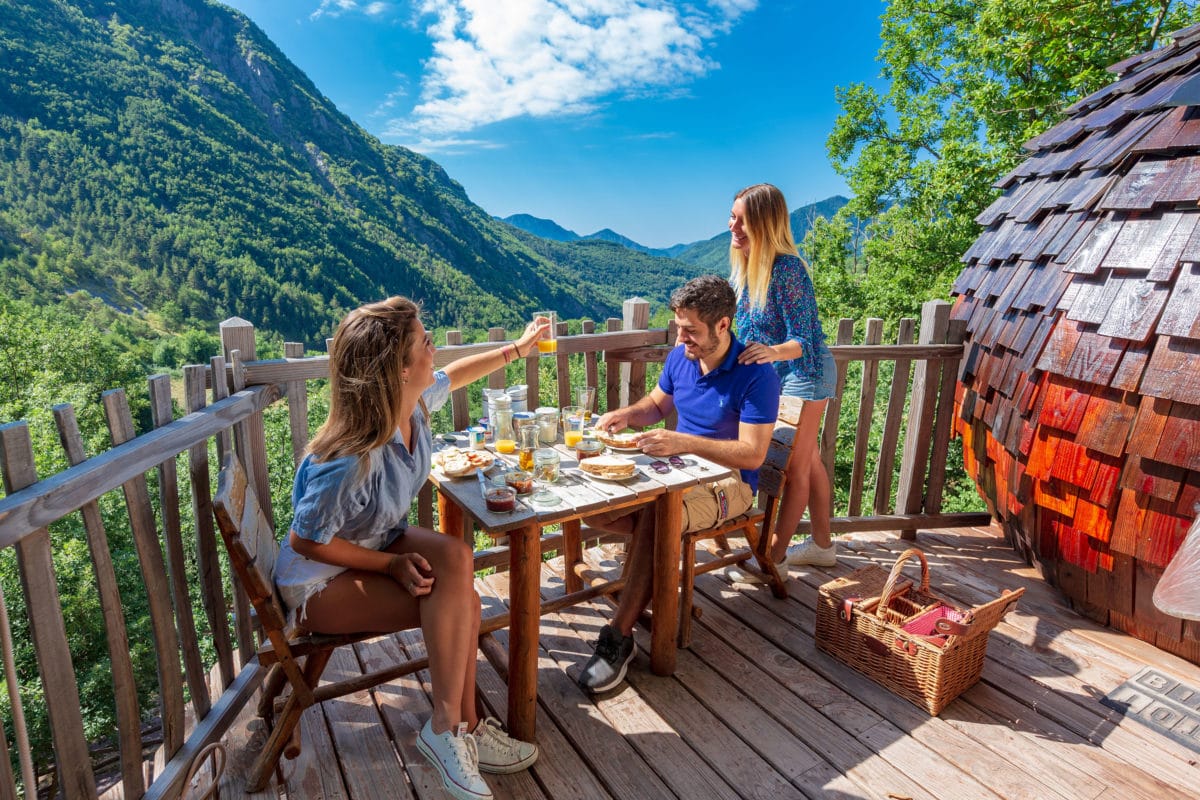
@OTM NCA / J.Kelagopian
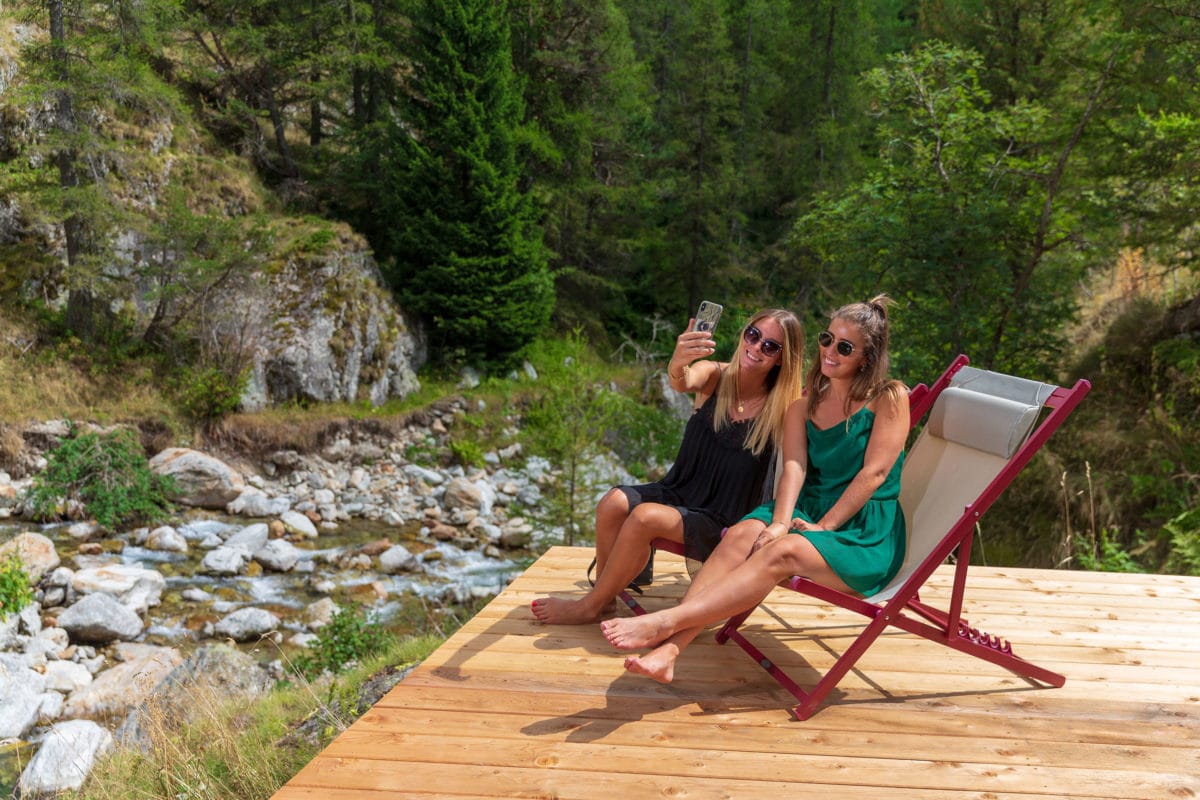
Photo credit: OTM A.ISSOCK, Ville de Nice, Jean-Jacques GIORDAN

